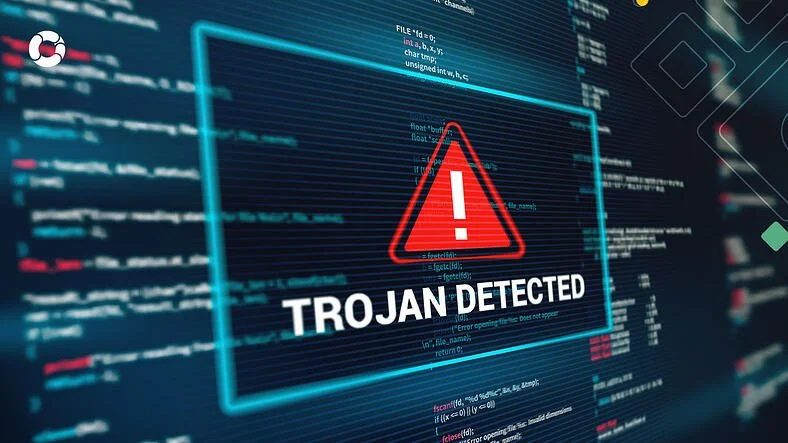Internal Audit Management: 8 Essential Criteria

The healthy functioning of a business organization demands the continuous evaluation of the different levels and areas of work, their processes, systems, and activities. ISO 9001 establishes this must be done at least once a year. It helps them to detect possible failures in execution or risk vulnerabilities.
To maintain and improve their performance, companies must implement a high-quality internal audit process that allows them to comply with regulations and company policies.
Today we explain the eight criteria you should consider when performing an internal audit risk assessment, why they are essential, their advantages for your company's performance, and how technological solutions could facilitate the audit process.
Let's do it!
What is an internal audit?
An internal audit consists of the evaluation of an organization's internal measures and controls at all levels and areas (direction, management, production processes, IT, accounting, etc.) to see which standards and company policies for the protection of assets (data and finances) are being complied with and which are not.
The purpose of executing an internal audit is to ensure proper compliance with information management security, accounting, labor, tax, etc. regulations, as well as internal rules, to ensure the effective functioning of the organization.
5 main advantages of performing an internal audit risk assessment
Here are a few advantages of internal control assessments for companies:
- It provides managers with accurate and timely tools to drive operational efficiency.
- Allows identifying problems and vulnerabilities in internal processes to improve risk management.
- It facilitates the correction of internal systems failures.
- Internal audits motivate employees and members to adhere to company protocols and regulations, which helps consolidate the corporate culture of risk prevention.
- It protects against fraud, data misuse, misappropriation of resources, abuse, etc.
8 criteria to execute an internal audit process
Each audit has unique characteristics due to the audit committee's purpose, so the selection of criteria can be challenging. When selecting criteria, auditors must ensure that they are: clear, relevant, reliable, neutral, and concise.
Here are eight critical criteria that could be adapted to internal audit management of different types of organizations:
Roles and responsibilities of the audit committee
Before starting the audit, it is necessary that the risk management team in charge is guided by the functions attributed to it by the internal regulations of the company and the objectives of the audit, and must also set the scope of the audit, which areas and levels are to be evaluated.
The framework for the internal risk assessment, the frequency of meetings, and the delivery date of final reports must be established.
This first criterion determines whether the supervisory body is fulfilling its duties.
Autonomy and objectivity
Under this criterion, committee members must execute a transparent process of supervision of activities and services based on a clear understanding of the company's policies, free of familiarity, personal interests, or any other that may affect their judgment.
Pro tip: To ensure independence, the meetings must be held without the presence of management or members from other areas.
Experience and knowledge
This standard requires committee members' necessary skills and experience to ensure an adequate risk management assessment in each area. To do so, they must know that area's process or internal system, its objectives, mission, and regulations, which serve as a guide for the audit.
Gathering adequate data
Effective internal audit management needs sufficient and accurate information on the operation and performance of the areas and levels (administration, finance, IT, etc.) to create your report. To do so, it must critically analyze the quantity and quality of the information it receives to ensure that the supervisory body can make timely and informed decisions.
Risk control and mitigation
These criteria are framed within the internal policies and national and international regulations that guide risk management within companies. It detects the potential threats to the organization, the possibility of their occurrence, and their impact on the organization to take the necessary measures to prevent or mitigate the damage. Members are challenged and instructed to implement improved risk management policies and processes.
Performance monitoring
Performance is measured based on performance indicators and results set for each area. There must be a direct relationship between objectives, performance, and expectations; otherwise, they must be adjusted.
Regulatory compliance
The organization's regulations, internal rules, and bylaws, as well as production standards and code of conduct, must be taken into account. To better communicate it to the personnel, control compliance, and avoid deviations.
Correction of faults and deficient practices
Once the internal systems and processes have been evaluated, the audit committee may find flaws in data management, the use of e-mail, and the verification of customer identity, among others, that expose the organization to financial losses and reputational damage. They should guide corrective actions and monitor compliance with these guidelines to avoid them.
Let's see how to facilitate ISO 9001 compliance!
Conclusion
As mentioned above, audits are vital in optimizing an organization's performance, helping to detect vulnerabilities, and taking the necessary corrective actions to prevent the danger from materializing. However, it is a demanding process, which requires a thorough examination of a large volume of information to see what is being done right and where there are flaws and latent risks.
How do you manage audits in your company? Have you tried any internal audit software?
Let us know in the comments; we read you!
You May Also Like
These Related Stories

3 approaches to measure operational risk

Cyber-attacks: causes, types and consequences

Complete Guide: How to Successfully Manage Operational Risk

How to carry out the evaluation of the internal control system

How to Create a Business Continuity Plan


No Comments Yet
Let us know what you think